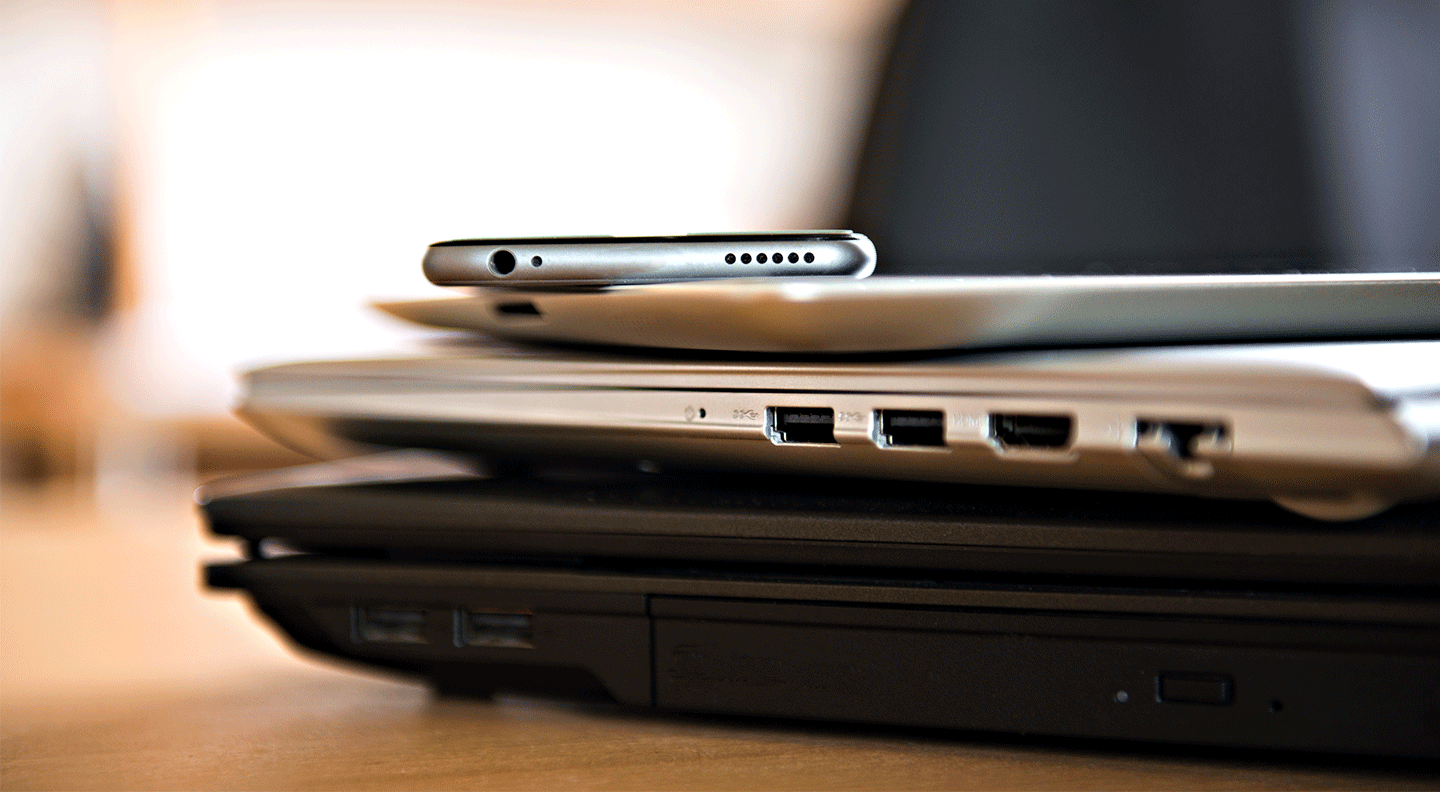International E-Waste Day
International E-Waste Day was introduced by the WEEE Forum in 2018 to encourage consumers to responsibly reuse and recycle electronics. Sims Lifecycle Services (SLS) processes consumer devices as well as professional IT equipment from companies around the world. Retired electronic waste (e-waste) from consumer products is often collected and delivered to SLS for proper end-of-life management. SLS supports the International E-Waste Day to create awareness with consumers as well as businesses to aid what to do with unwanted e-waste.
E-waste is one of the fastest growing waste streams in the world. According to research conducted by the Bureau of International Recycling (BIR), globally generated e-waste will reach some 53.9 million tonnes by 2025. This is a growth rate of 30 percent since 2016. Only 20 percent of global e-waste is currently responsibly recycled each year. The remainder is either, thrown away, burned or recycled informally creating health and safety risks and negatively impacting the environment.
What is e-waste?
E-waste is all end-of-life products with a power cord or a battery. This is a wide range of products such as electrical toys, vacuum cleaners, small kitchen appliances, electrical toothbrushes, power tools, computers, laptops, routers, switches, servers, printers, etc. In Europe, e-waste is also known as WEEE which stands for Waste of Electrical and Electronic Equipment.
Almost all e-waste can be recycled, a process in which materials are recovered, segregated and reused as secondary raw materials for the production of new equipment and products. For many electrical appliances, it is possible to extend the lifecycle of the product by repairing it and especially for professional IT equipment, reuse of the product or components is a realistic option. Reuse prolongs the lifecycle which reduces the demand for new products and components. This leads to a positive effect for the environment because of the reduction of CO2 emissions and the decreased need for mining raw materials during production.
Why is responsible recycling of e-waste important?
Electrical products are produced using many different components. Materials such as: plastics (e.g.: ABS, PP, PE), metals (e.g.: aluminum, iron, copper, gold, silver, palladium and mercury), glass and a diversity of chemical compounds. Also, lithium-ion batteries are often a large part of mobile devices containing toxic gasses and are a flammability hazard.
Some plastics contain older types of flame-retardants which are toxic and should be managed in a safe and controlled manner. The same is applicable for mercury, which can be found in the backlights of LCD screens.
Responsible and documented recycling facilities take necessary health and safety precautions to protect their employees and the environment. These companies are regularly audited and certified by third party accreditations such as Responsible Recycling (R2) and WEEELABEX / CENELEC.
In the informal recycling sector these precautions are often not implemented, which may result in illnesses and injuries to workers and chemicals or heavy metals polluting the environment.
What can you do?
Consumers as well as businesses are often not aware that many products are repairable and therefore reusable. It is important that all products are responsibly recycled, recovering as much material as possible when the lifecycles can no longer be prolonged efficiently.
As a consumer with discarded electronics you can:
- Check if a discarded product is still repairable,
- When repairable, check if its energy consumption is high compared to newer models. If it is high it may be better to responsibly recycle and replace it.
- Make sure you collect all old products with a power cord or a battery separately, and discard them in an e-waste bin.
In many countries, there are take back mechanisms available organized by a collective producers’ organization or your local government. These take back systems can exist via e-waste collection bins at local stores or a government collection point where you can drop off your old electronics. The International E-Waste Day website can provide an overview of participating e-waste collection schemes: https://weee-forum.org/iewd-map/
For enterprises and businesses:
Our own market research has shown that many businesses are not aware what exactly happens to their retired equipment. It may often be collected by a waste collector, or by the supplier of the new equipment but what happens after that remains unclear.
It is important to understand the process to protect your brand, data and corporate responsibility efforts, and eliminate the possibility of your old equipment ending up in a landfill.
For discarded office IT equipment and data centers it is important to:
- Confirm that your data is properly eradicated.
- Check if your equipment has reuse potential in different markets or settings.
- Be aware what happens to your retired electronics; ensure responsible recycling.
- Optimize the IT replacement cycle to maximize reuse.
OEMs and businesses can rely on SLS for reliable recycling of retired IT assets.
E-Waste for Trees:
To celebrate International E-Waste Day, SLS will donate trees for e-waste delivered to any of our participating recycling sites on October 14th, 2019. This SLS “E-Waste for Trees” program will plant two trees for every ton (1,000 kg) of e-waste collected. One tree will be planted in Europe and the second in Africa. Both planting trees and recycling e-waste have a significant effect on the reduction of CO2. Using recovered e-waste materials for the production of new raw materials reduces CO2 emissions compared to production using ores, and trees capture CO2 emissions during their lifetime.
In summary:
For consumers as well as companies it is important to collect e-waste separately from other waste streams and make sure these are responsibly recycled via proper channels and certified recycling facilities. E-waste has valuable materials which can be recovered and reused in new products, therefore it is important to recycle as many electrical devices as possible.
